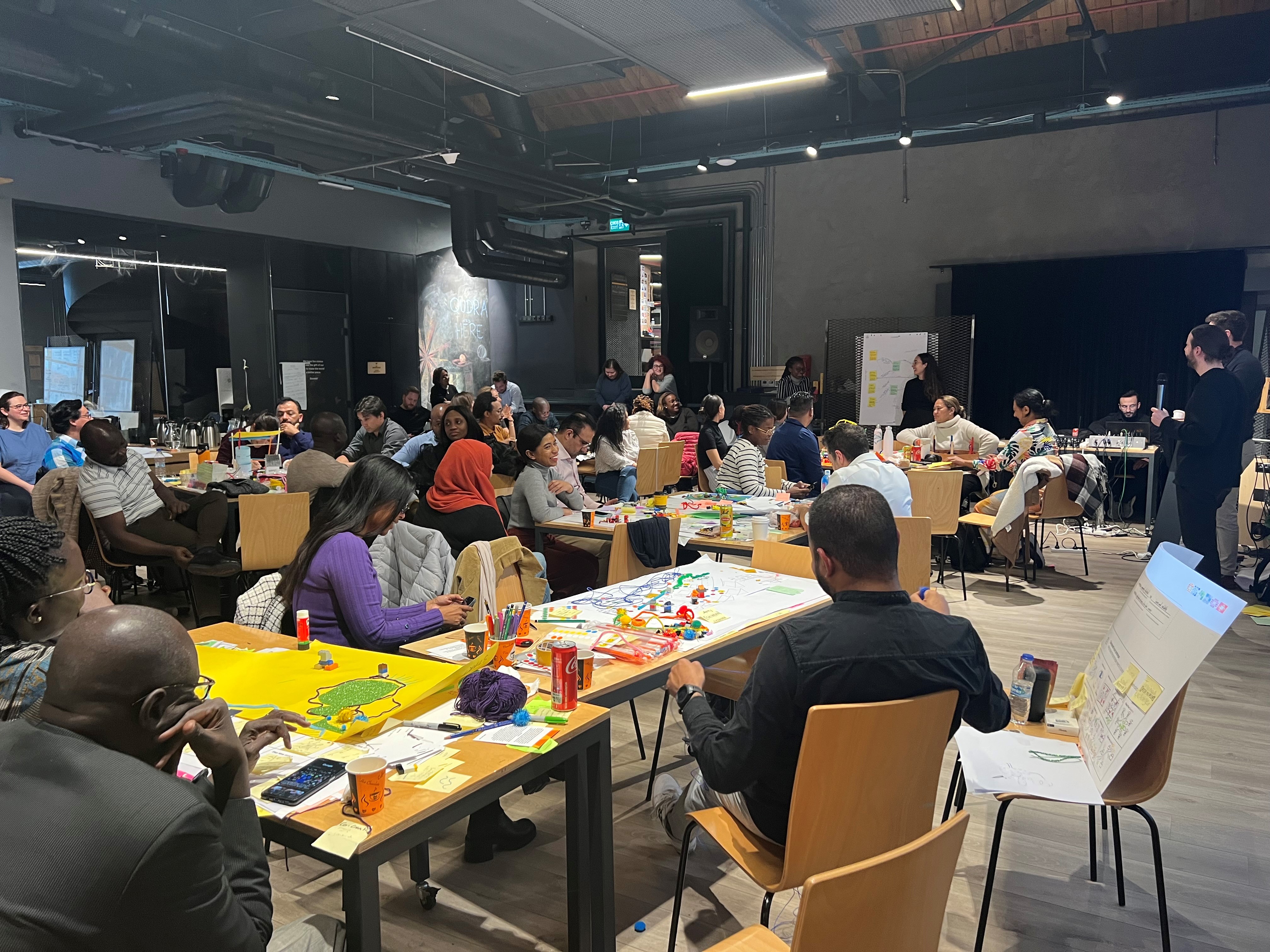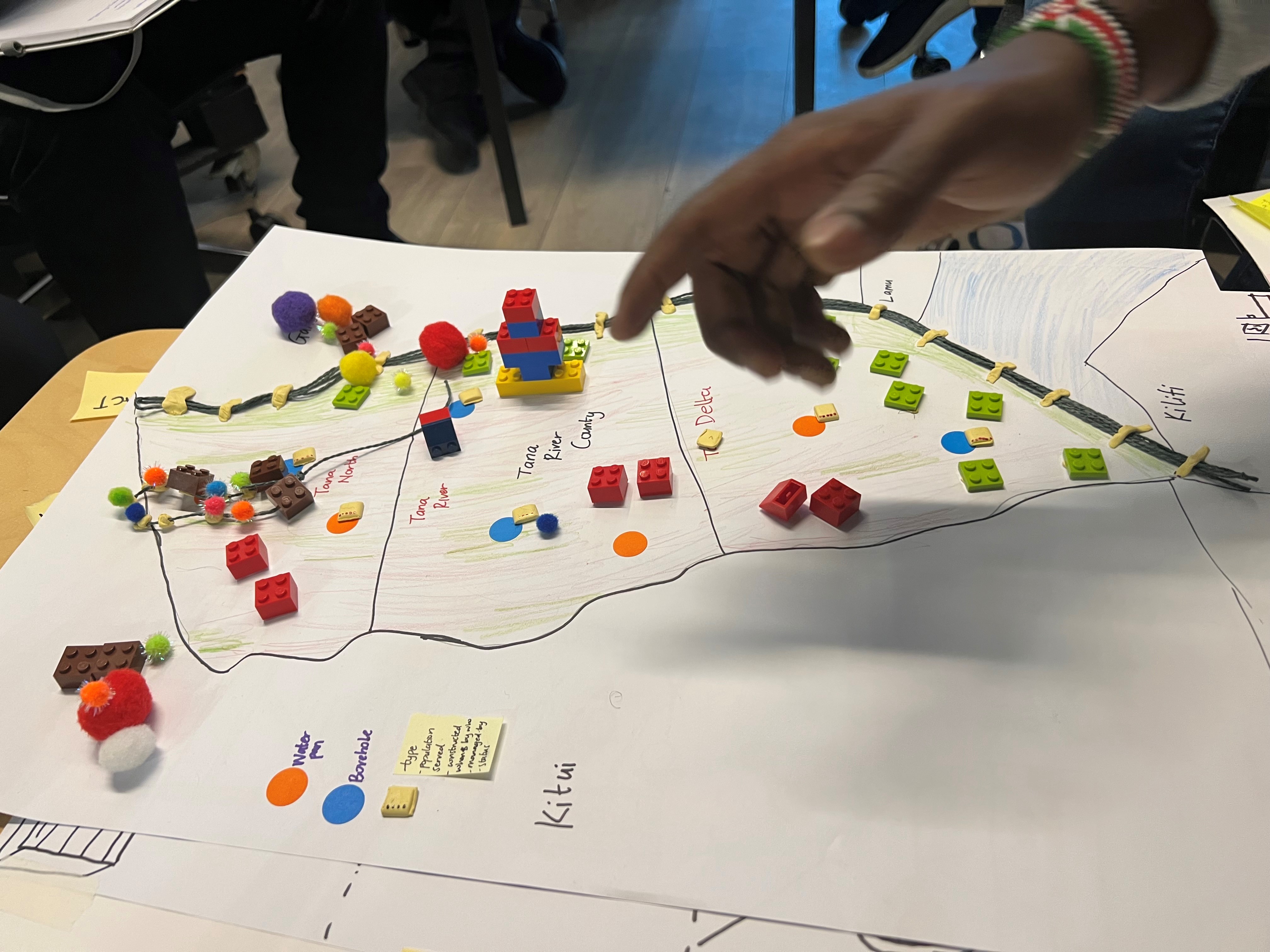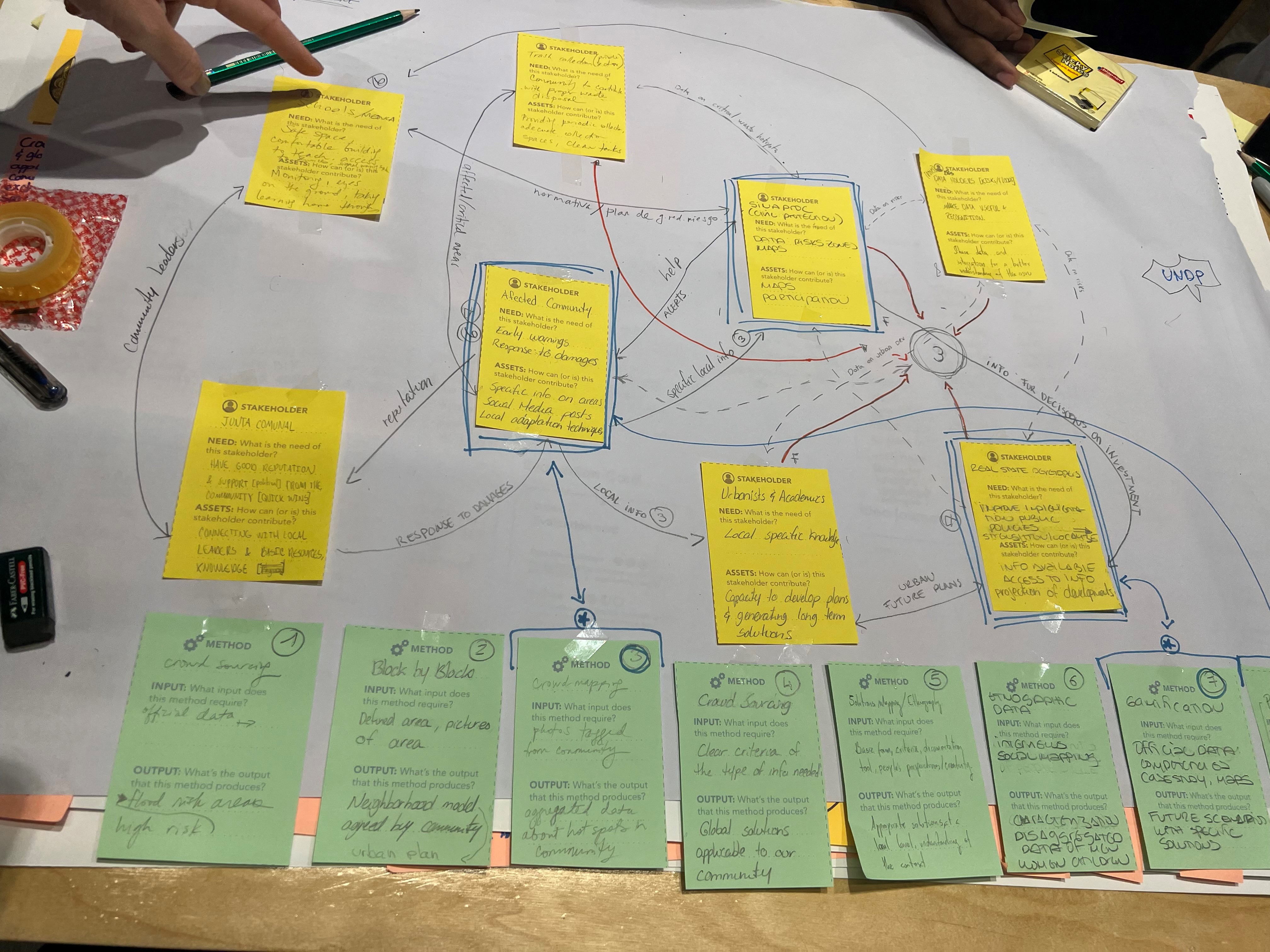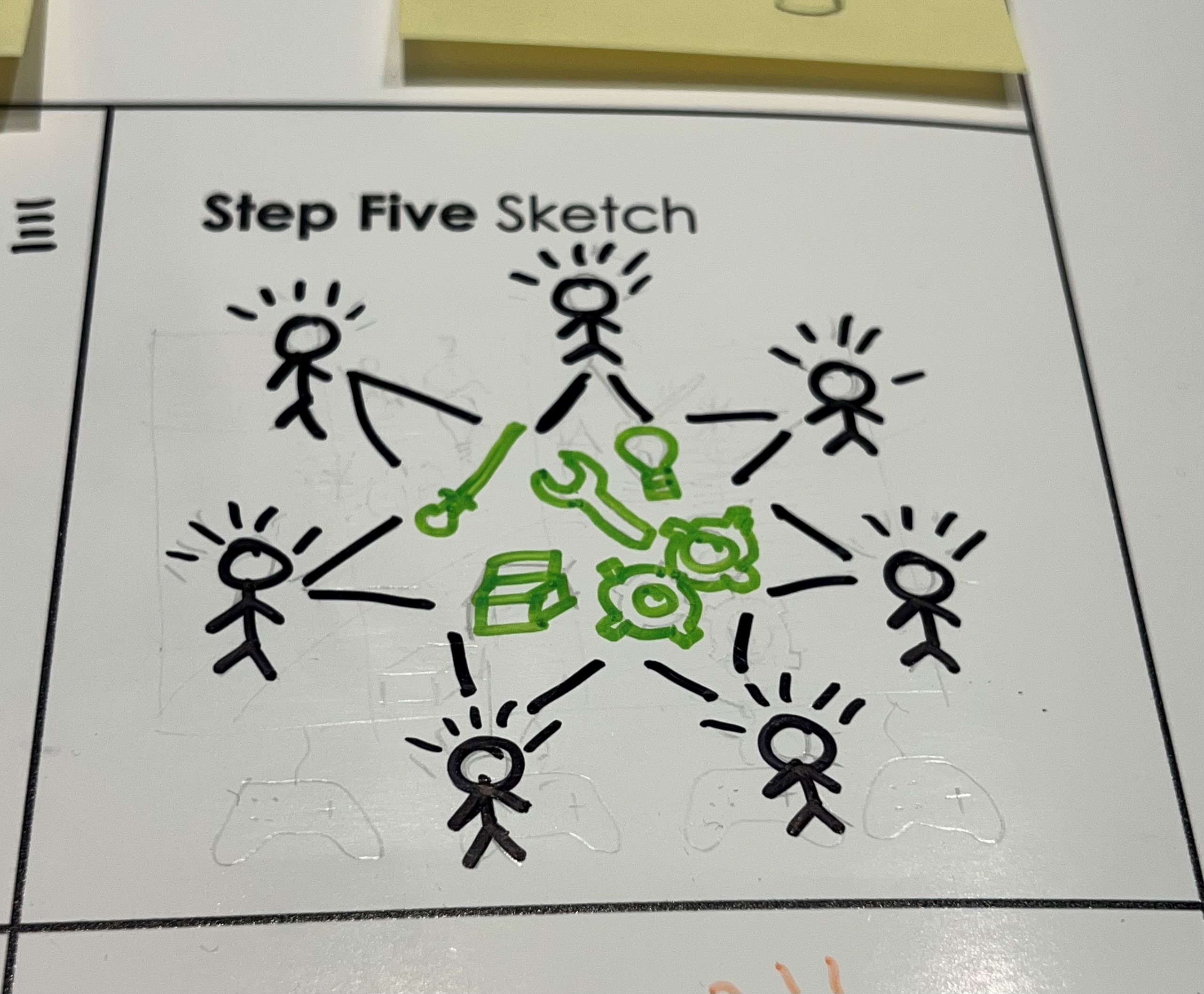Istanbul January 22-27, 2023
Reflections on Collective Intelligence for Climate Change
March 2, 2023
Written by: Betty Chemier, Head of Experimentation, UNDP Panama Accelerator Lab

How can we harvest knowledge from people to better understandimpacts and fast track solutions to the climate crisis? Fifteen Accelerator Labs (AccLabs) met in Istanbul last month to answer that question and deepen their knowledge on Collective Intelligence (CI) tools and methods for addressing climate change in their respective countries. The AccLabs global team along with Nesta led us into a week-long design studio exercise that provided each country with an action plan, backed by an understanding of our stakeholders, value propositions, a prototype, and a timeline for our first learning cycle.
Before we dive into the workshop, let’s start with the basics; what is Collective Intelligence? It is a series of participatory methods and tools that lie at the intersection of people, data, and technology. The process of collective intelligence proposes a collaborative and systematic approach to understanding complex problems. A quick example of how it works in a real context looks like this: Panama is looking at flooding in urban areas as our climate issue, a way to use collective intelligence in this challenge could be to use satellite data to geolocalize the critical areas affected, cross that information with citizen science to define a community to work with. Then ethnographic data can be combined using methods such as crowd mapping of participatory sensing to further the research and engagement with the communities and test prototypes. This way of combining data and methods should shed light on new parts of the problem, that might have otherwise been dismissed, and gives space for a wider range of information and opinions.
Back to the workshop, we all got there with a problem; an event related to climate change that was affecting our country and (ideally) an idea of the community we were going to work with and ended up with a plan for a prototype to test in the next 3 weeks. It was a beautifully chaotic process, our days were filled with a frenzy of post-its and canvases, of converging and diverging, of digging deep and then flying high, but at the end, we made it home.

Takeaways on Collective Intelligence Tools and Methods
This methodology might not seem like novelty, but it’s applications and implications have new angles to consider:
- Collective Intelligence doesn’t take, it empowers. It needs to be an investigation process that involves and invites people to collaborate with the goal of empowering the communities involved. ALWAYS.
- Complex systems and wicked problems like Climate Change have multiple scales, and therefore multiples ways in. To make sense of it all (or at least try), the exercise lies in connecting the dots between those actors: What they need and what information they can provide.
- We need to put ourselves in the shoes of the community we will be interacting with. One way to do that, and personally one of my favorite exercises of the week, is to draw a storyboard from the point of view of a person from that community, and map every touch point he/she will have with you/your team. We don’t want to exhaust them; we want to empower them. This exercise helps you keep that in mind and forces you to be creative with your research process.

So, why is Collective Intelligence important and valuable for addressing Climate Change?
A few of the notes of our group’s final reflections, at the end of a week of twists and turns…
- We live in a wild, wild world. Each country, each problem, each system is so complex. That diversity of experiences and impacts is the reason. At the end of the week, it made logical sense that collective intelligence is the best way to navigate such complexity.
- Adaptation needs to be self-driven by those who will need to move and adapt. It has already been proven way too many times that if we tell people where to move or how to live, it just doesn’t work. Climate Change forces difficult tradeoffs, and Collective Intelligence can help involve people in considering the those trade off and determine together which they are prepared to make for themselves.
- Since it looks at a wider range of data and information, Collective intelligence also allows you to incorporate decision makers within the process, that way, it’s no longer presenting other people’s opinions to policy makers, rather it’s incorporating them into this collective intelligence gathering process. This element of participation creates more buy in from stakeholders.
- We should just do it, because it’s the right thing to do.
“We cannot be heroes; we must accept that we cannot solve those issues on our own. Working together is what will enable our capacity to be resilient to these challenges.”
Javier, Acc Lab Experimenter, Guatemala


 Locations
Locations